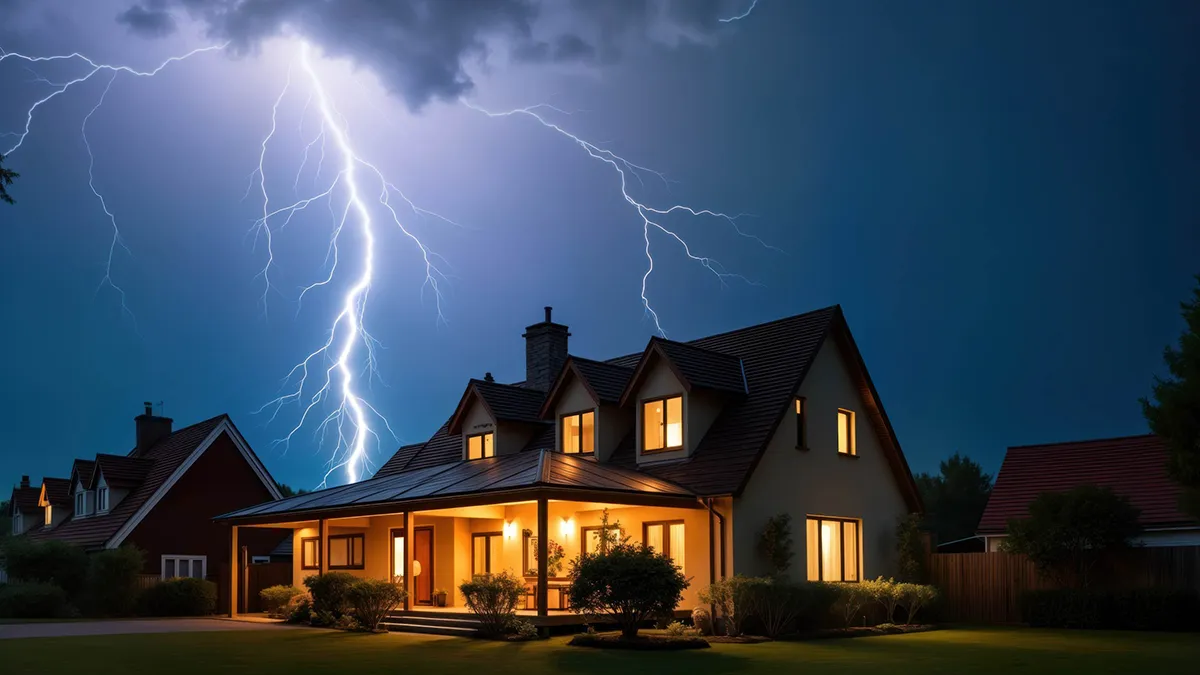Breaking down 4 common & costly flood mistakes

ServiceLink's Natascha DeVries, vice president, account management, flood, breaks down some common and costly flood mistakes she's encountered throughout her career that lenders, servicers and investors should be mindful of.
It’s hurricane season and industry experts are calling for another active year. The number and severity of storms continue to grow year after year, so it is in lenders’ and servicers’ best interest to ensure their customers understand how to protect themselves. For investors, disaster preparedness should also be top-of-mind as they manage their flood portfolios, which could include properties that span multiple flood hazard zones. Proactive protection is key and can make the aftermath smoother since flooding is the most common and costly natural disaster in the United States.
I’ve heard my share of flood myths during my 30+ years in the flood industry. But these myths can lead to costly mistakes. Here are a few pervasive mistakes I see lenders, servicers and investors making when it comes to flood preparedness – or lack thereof.
Mistake 1: “Our area isn’t prone to flooding, so I don’t need to worry about flood insurance.”
A big mistake many make is thinking that geography is the only factor when taking flood insurance into consideration. There are many different scenarios that can cause flooding to a structure. A landslide could occur. A dam or levee miles away could burst or overflow. A neighborhoods’ drainage system could become blocked. These are just a few. There are so many more possibilities. In fact, more than 25% of the National Flood Insurance Program’s (NFIP) claims come from property owners outside of high-risk areas, with these individuals receiving one-third of disaster assistance for flooding.
It doesn’t take much to cause damage. FEMA calculations show that just a few inches of floodwater in a home will likely result in replacing drywall, baseboards, carpets and furniture. Without insurance, that few inches of water can cause thousands of dollars of damage. If cost is a concern, the NFIP has preferred risk policies specifically designed for residential properties in low-to-moderate-risk flood zones, which are available at a lower rate than those for properties located in a Special Hazard Flood Area (SFHA).
Mistake 2: “The previous homeowner didn’t need flood insurance, so I won’t need it either.”
Flood zones are constantly changing, which is why new flood maps are typically issued twice monthly, with anywhere from five to 10 counties receiving mapping revisions at a time. While many of the properties covered by the existing flood maps will not see modifications necessitating flood insurance changes, there may be a small percentage of properties that see a change from a zone that does not require insurance, to a zone that does, and vice versa.
Why do flood zones change? There could be new development in the community. Better scientific data or better topographic contour data (i.e., changes in hydrology) could have become available. These are just a few contributing factors. Constantly changing flood zones can be a challenge to keep up with. If you want to ensure that your properties are insured in case of flooding, it is critical to keep tabs on map changes affecting your portfolio. Check with your flood provider to see if they have automated reporting to notify you of any flood map changes on an ongoing basis.
Mistake 3: “I’m not in a flood zone, so I can’t buy a flood insurance policy.”
The NFIP was created in 1968 to provide flood insurance to people who live in areas with the greatest risk of flooding, otherwise known as SFHAs, the “100-year floodplain” or the “regulatory floodplain.”
Most communities across the U.S. – more than 22,000 of them – participate in the NFIP. Therefore, as long as the communities where your properties are located participate in the NFIP, any homeowner or renter can purchase federal flood insurance that would provide the same coverage they would receive if they lived in a high-risk area. In the rare instance that a specific community does not participate in the program, a private flood insurance policy can be acquired. Regardless of whether or not you have properties in a SFHA, from a cost/benefit analysis, some level of protection pays for itself in the case of a flood emergency.
Mistake 4: “My homeowners insurance covers flood damage”
Just like earthquakes, standard homeowners insurance does not cover flood damage. If your home is damaged by flooding or heavy rainfall, or incurs any other flood-related damage, you will need a dedicated flood insurance policy from either the NFIP or a private source. Typical homeowner policies cover events like fire, wind, hail, accidents or vandalism but explicitly exclude flood damage. Flood damage is defined as, “an excess of water on land that is normally dry, affecting two or more acres of land or two or more properties.” This includes flash flooding from heavy rainstorm surge during hurricanes; overflow from lakes, rivers or streams; and melting snow.
As FEMA continues to rezone flood areas on an ongoing basis, it is important to understand the risks that may be hiding in plain sight in both you and your clients’ portfolios.
Common mistakes like the four outlined here hold a lot of people in our industry back from taking proper precautions to mitigating flood risks. The best way to protect yourself is to work with the right flood partner — one who can keep you up to date with these changes so you can start protecting your portfolio with confidence.
Learn more about ServiceLink’s flood solutions here.




